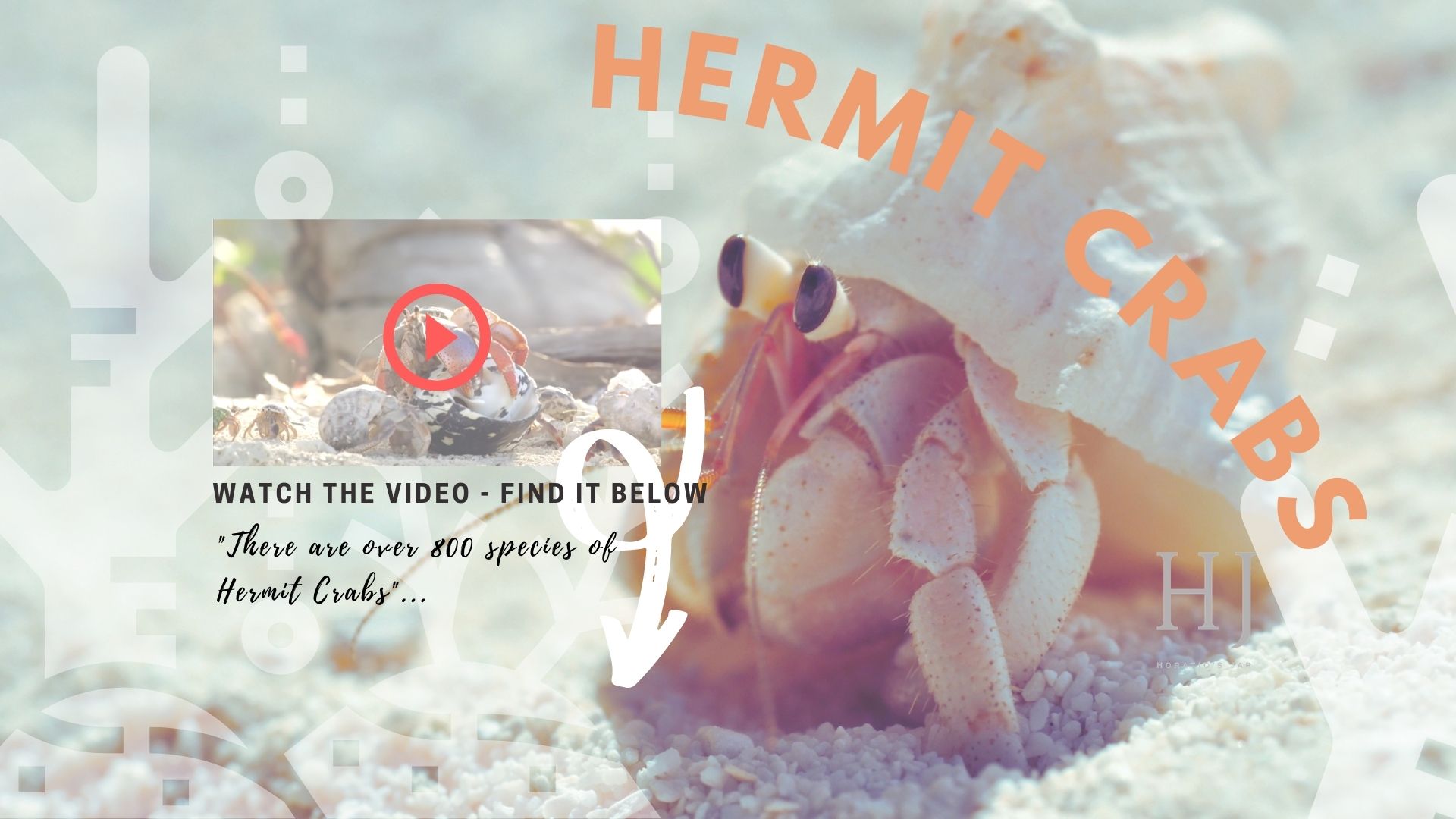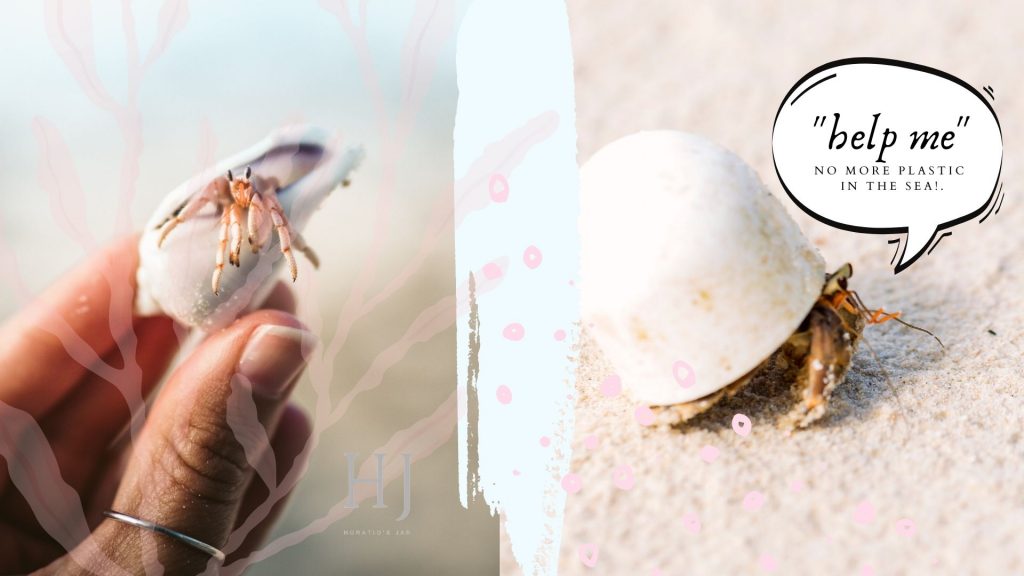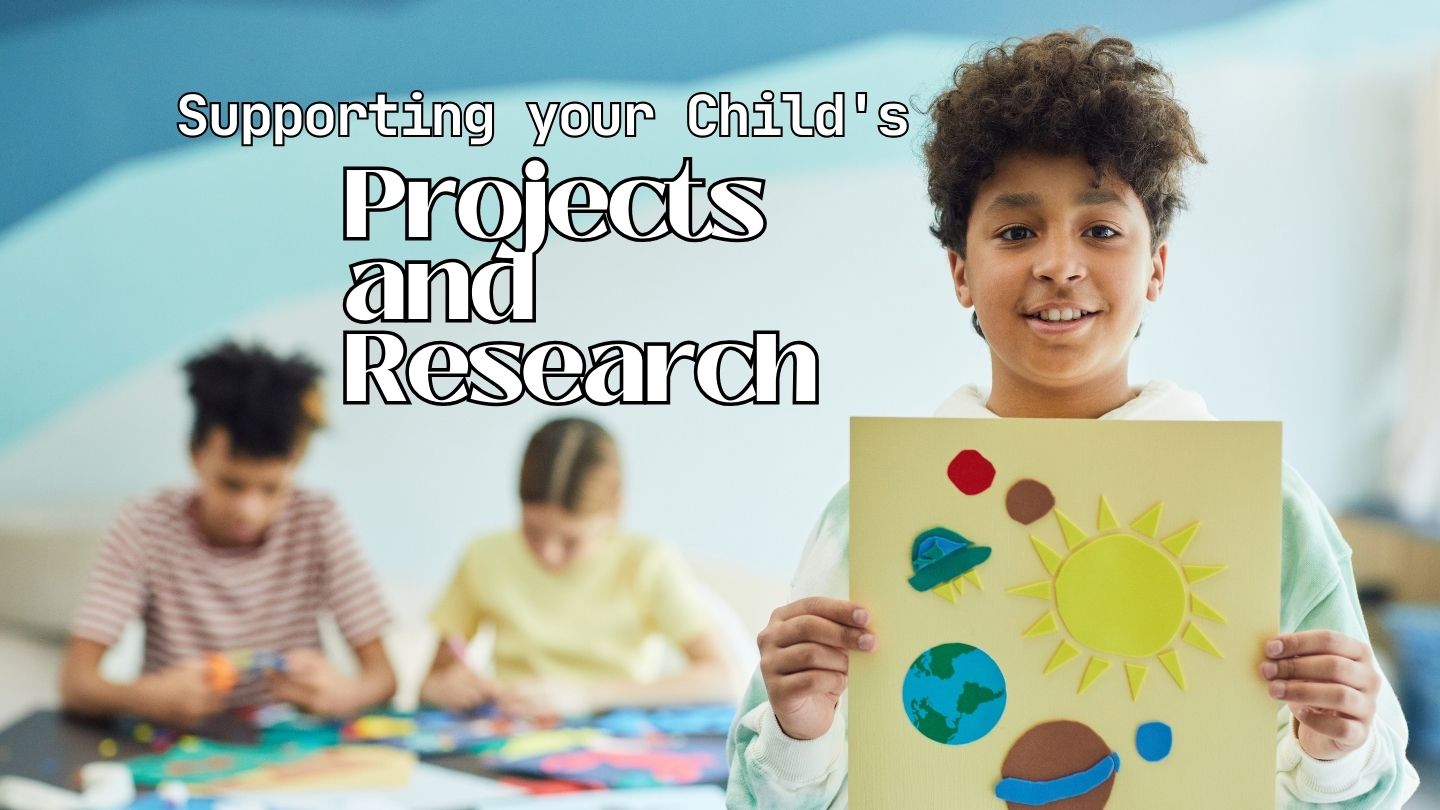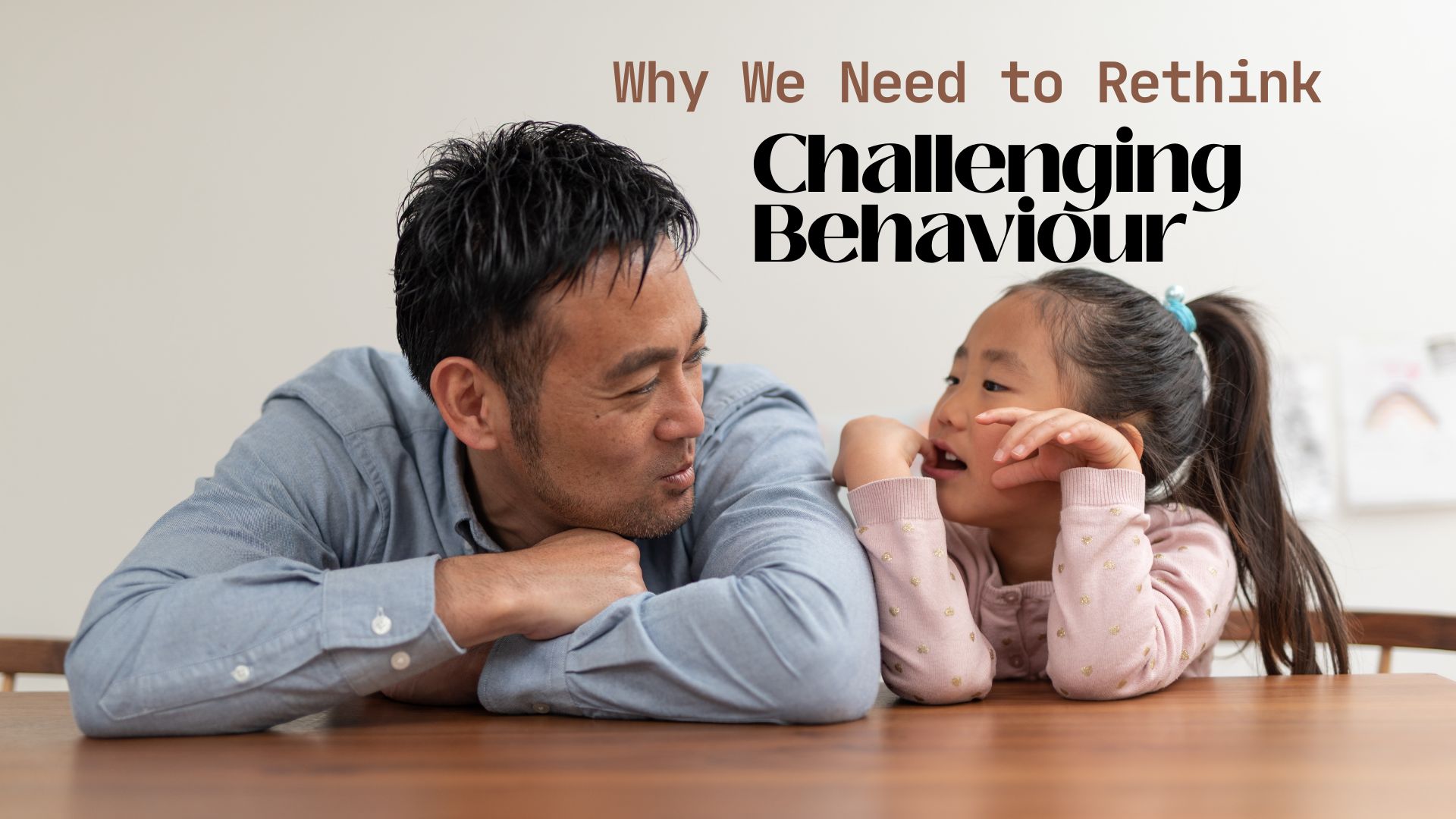Latest From Upschool
- Supporting your Child’s Projects and Research
- Age-Appropriate Expectations
- Why We Need to Rethink Challenging Behaviour
- Navigating the Dynamics of Sibling Relationships
- Creating a Culture of Learning at Home
- Creative and Easy DIY Projects for Parents and Children
- Tips for Working Parents
- Review Educational Apps, Games, and Other Tech Tools for Kids
-
-
No videos yet!
Click on "Watch later" to put videos here
- View all videos
-
-
-
Don't miss new videos
Sign in to see updates from your favourite channels
-

Hermit Crabs - No More Plastic In the Sea
They may look like crabs, but are they?
Hermit crabs are not really like other crabs, sure they look similar, but there are some pretty big differences. Hermit crabs don’t have a hard outer shell covering their whole body. Only the front end has the hard shell of a crustacean, the other half of their body, which is curled inside an acquired home, is soft, squishy and curled to one side.
Hermit Crabs aren’t really hermits at all, and they aren’t exactly crabs either?. Rather than living in solidarity and hiding out in the dark corners of a lonely rock pool, Hermit crabs are incredibly social. They live together in large family groups, swapping shells, sharing tidal pools and fighting over food.

Dressed to Impress
Dressed to impress, hermit crabs share their spacious abode with a garden of friends. Stacked atop their spiralled homes are sea anemones, strange collectables, shells and sometimes human recyclables.
To protect their bodies from the hot sun, hungry birds and octopus, the hermit crab needs to find shelter in the discarded shells of sea snails. Hermit Crabs don’t grow their own shells and need to find new ones as they grow bigger.
If there aren’t enough shells to go around, the hermit crab will find an alternative, and sometimes that could mean recycling human rubbish and popping on a tin can or a plastic cup until a better housing alternative is available.
It may look cute and quirky to see a little crab wearing human garbage, but truthfully the trash we put in the oceans impacts the crabs negatively. Plastics in the sea and everywhere for that matter increase ocean acidification, which means that the ocean becomes toxic, and animals that grow shells like crabs and sea snails, cuttlefish and lobster, won’t be able to anymore and will die.
Hermit crabs choose alternative options with fewer shells available, and this could be anything from a plastic cup to a tin can. Plastic micro-particles in seawater interfere with the hermit’s ability to make decisions when choosing the right sized shell and changes their motor function, meaning they can’t move properly anymore. It’s as if they have a brain injury.
It means they can die from starvation. They can’t move their bodies properly and get eaten by predators because they don’t have the right shell to protect them.
Say 'no' to Plastics
Hermit crabs are sensitive social little beings. They live a really long time, as long as 40 years in the wild. There are over 800 species of hermit crab, and they live in coastal areas across the world. To make sure these cute little guys stick around on our gorgeous planet earth we need to make better choices when it comes to what we buy and how it is packaged. Plastics are forever, the more we create, the more that ends up in our oceans, our drinking water and our food. Choose products in the supermarket that have bio-degradable packets, use garbage bags that are compost friendly, and do not buy water in a plastic bottle. Just a few small changes make a world of good!Link and Resources
More on Ocean Acidification https://oceanservice.noaa.gov/facts/acidification.html
What is a Hermit Crab https://www.nationalgeographic.com/animals/invertebrates/facts/hermit-crabs
The Great Pacific Garbage Patch. https://www.nationalgeographic.org/encyclopedia/great-pacific-garbage-patch/




